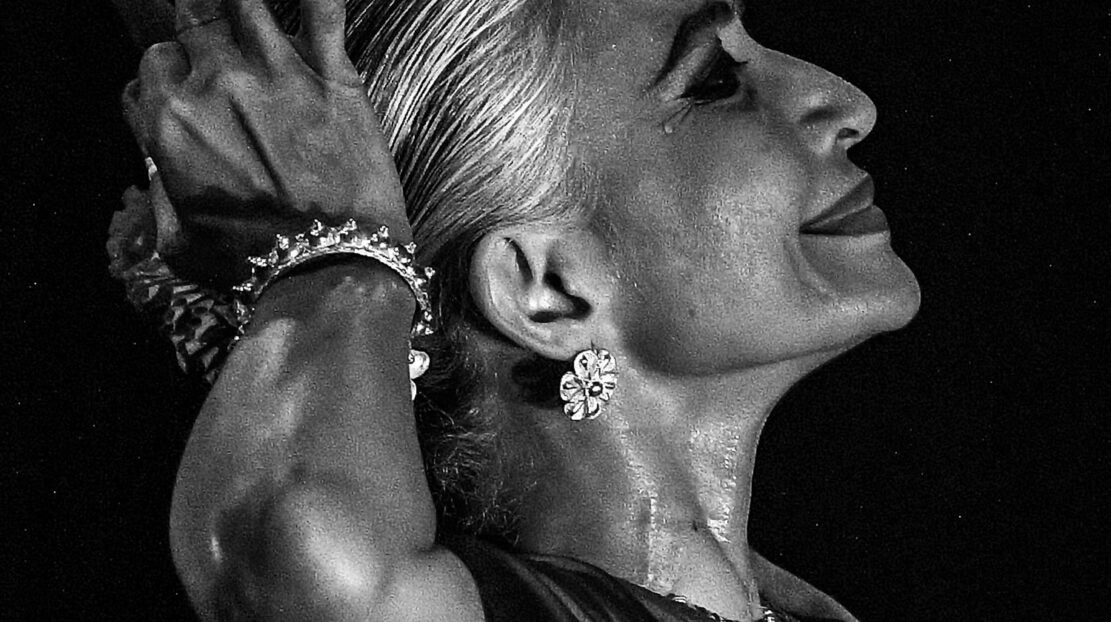About Bijayini Satpathy
India
Bijayini Satpathy (CBA ’24) has spent the last four years exploring her own choreographic path. She was the Artist-in-Residence with the Metropolitan Museum for the 2021-22 season. Her first choreographed work, Abhipsaa – A Seeking, was commissioned by Duke Performances, Baryshnikov Arts Center and NDP grant of NEFA and was premiered in 2021. Since then, she has created full length works like Call of Dawn, SiMA, Dohā, Rāgachitra and Sākshī. Bijayini will start a year-long fellowship this fall at the Centre for Ballet(CBA) affiliated with NYU, USA, to delve into another choreographic project. In 2020, she was the NY Dance and Performance Bessie Award Honoree and she was named the Best Solo Dancer in 2019 by Dance Magazine. She has been hailed by The New Yorker for her “exquisite grace and technique.” Satpathy has also been mentoring Odissi practitioners across the world through her unique pedagogy since 2020. Bijayini’s Odissi journey began at the age 7 at Orissa Dance Academy, in her birth place, Orissa. She became a part of Nrityagram in 1993 and worked in the capacity of a performer, teacher, research scholar and administrator until 2018.
NIRVIKALPA – transconceptual
During her fellowship, Satpathy propose to create a choreographic work titled NIRVIKALPA – transconceptual, in which she’ll meditate on the exact starting points from self to character and from the identity of one character to the identity of another, focusing on the relationship between the physical (Āngika) and the experiential (Sāttwika). The inquiry will focus on whether the mind leads the body, or the body leads the mind. When does the emotion lead the movement and when does the movement lead the emotion. And finally, at what point does this play of detachment lead to complete freedom.
As an extension of this project, She’ll propose to invite a ballet dancer, unaccustomed to dancing multiple characters in one choreography, to translate an existing choreography of an Indian mythological narrative dance with multiple characters into ballet vocabulary in order to experience the inner effects of such a process on their mind and self.




